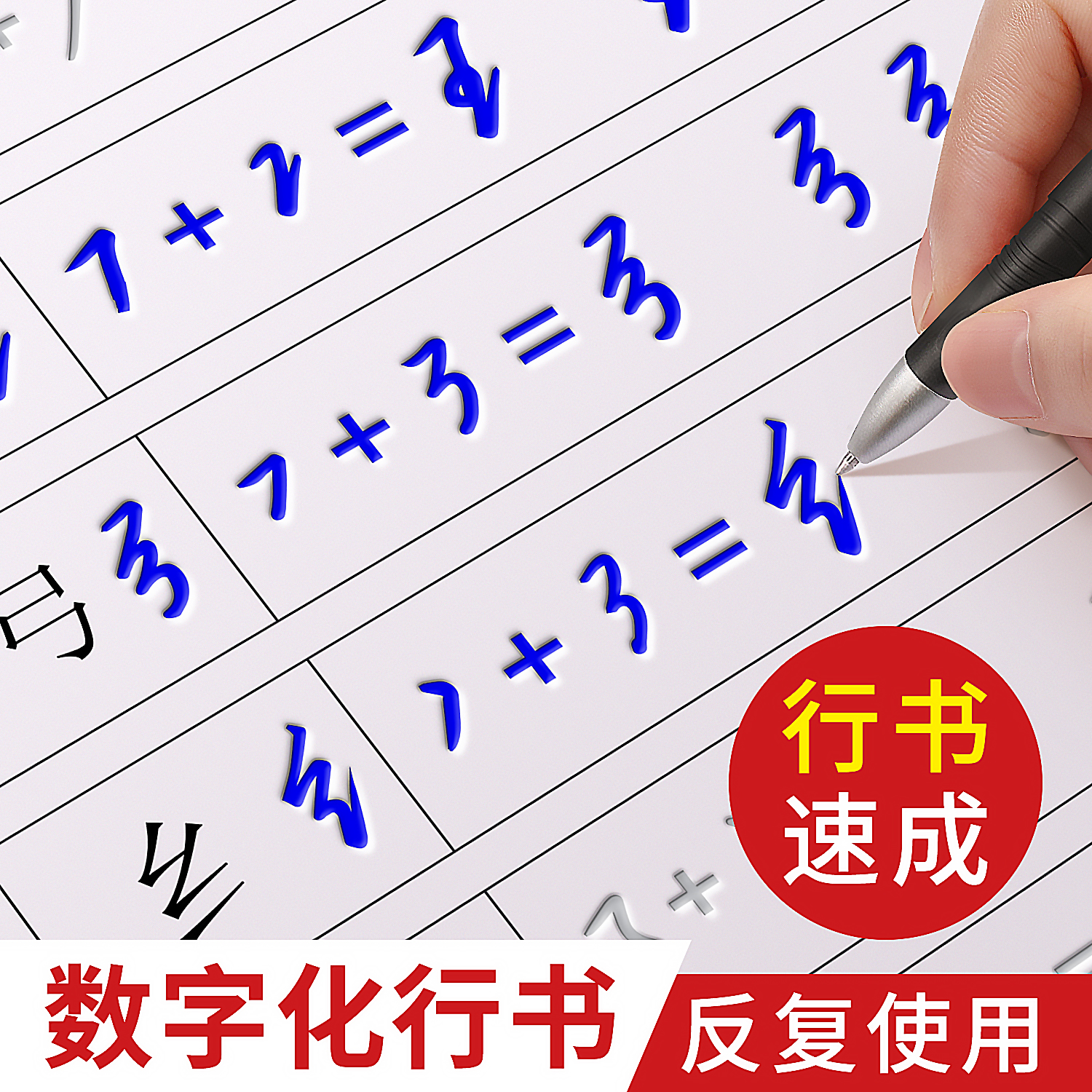学习用品大解析:如何用好你的笔和纸
峎迥匞
2024-10-23 17:00:54
0次
学习用品大解析:如何用好你的笔和纸
在我们日常生活和学习的过程中,笔和纸作为基础但至关重要的学习用品,承载了无数人的知识与梦想。它们不仅仅是简单的工具,更是我们思考、学习和创作的得力助手。那么,如何用好你的笔和纸呢?
一、笔的使用技巧 1. 选择合适的笔 每个人的书写习惯和需求都不同,因此选择适合自己的笔非常重要。有些人喜欢软质笔尖的钢笔,因为它们可以提供更好的书写体验;有些人则偏爱轻便的圆珠笔或水笔。此外,还要考虑笔的耐用性和墨水的颜色等因素。 2. 正确的握笔姿势 握笔姿势对书写质量有很大影响。一般来说,正确的握笔姿势应该是手掌朝上,拇指和食指自然握住笔杆,中指位于笔杆下方支撑。这样不仅可以提高书写速度,还能减少手部疲劳。 3. 练习书写技巧 良好的书写技巧可以提高书写效率和质量。例如,掌握正确的笔画顺序、力度和速度等要素,可以使你的字迹更加清晰、美观。此外,定期练习书法也能帮助你提高书写水平。 二、纸的使用技巧 1. 选择合适的纸张 不同的纸张类型和质地会对书写和绘画效果产生很大影响。例如,素描纸适合绘画,而笔记本纸则更适合书写。此外,还要考虑纸张的厚度、颜色等因素。 2. 合理规划纸张使用 在书写或绘画时,要合理规划纸张的使用,避免浪费。例如,在写作文或做笔记时,可以先列好提纲或草图,避免在纸上随意涂改。此外,使用双面纸也能有效减少浪费。 3. 保持纸张整洁 保持纸张整洁是提高工作效率的关键。在书写或绘画前,可以先准备好相应的工具和材料,避免在纸上乱涂乱画。同时,定期整理和清理纸张上的杂物和废纸也能让你的工作台更加整洁。 三、如何用好笔和纸结合 除了单独使用笔和纸外,我们还可以将它们结合起来使用,以提高学习效率和质量。例如: 1. 用笔记下来 在学习过程中,将重要的知识点或思路用笔记下来是非常重要的。这不仅可以加深记忆,还能帮助我们更好地理解和掌握知识。在记笔记时,要尽量简洁明了地记录关键信息,避免冗余和重复。同时,还可以使用不同颜色的笔来区分不同的内容或重点信息。2. 画图辅助理解
对于一些抽象或复杂的概念或问题,我们可以使用画图来辅助理解。这不仅可以提高我们的思维能力,还能帮助我们更好地理解和掌握知识。在画图时,要注意保持画面的整洁和清晰度等要素以提升画面感与表达能力。同时用彩色的马克笔增加趣味性可加深学习记忆点。 3. 练习写作与绘画技能 通过不断地练习写作与绘画技能来提高自己的表达能力与创造力是非常重要的一个环节。无论是写作还是绘画都需要不断地实践与尝试才能逐渐提高自己的水平与能力因此我们需要时刻保持积极的态度去进行创作与表达同时还需要不断学习和掌握新的技巧和方法来提升自己的水平与能力从而更好地发挥好我们的创作潜力并不断探索新的可能性。 英文翻译: Learning Tools Analysis: How to Use Your Pen and Paper Well? In our daily life and learning process, pens and paper, as basic but crucial learning tools, carry the knowledge and dreams of countless people. They are not just simple tools, but also powerful assistants for our thinking, learning, and creation. So, how to use your pen and paper well? First, the use of pens. 1. Choose the right pen. Everyone has different writing habits and needs, so choosing a pen that suits you is very important. Some people prefer soft-tipped fountain pens because they provide a better writing experience, while others prefer lightweight ballpoint or gel pens. In addition, consider factors such as the durability of the pen and the color of the ink. 2. Use the pen with correct posture. The correct posture for holding a pen has a significant impact on writing quality. Generally speaking, the correct posture is to hold the pen with your thumb and index finger naturally, with the palm facing up, and with the middle finger supporting the pen below the grip. This can not only improve writing speed but also reduce hand fatigue. 3. Practice writing skills. Good writing skills can improve writing efficiency and quality. For example, mastering the correct stroke order, force, and speed can make your handwriting more clear and beautiful. Additionally, regular practice in calligraphy can help you improve your writing level. Second, the use of paper. 1. Choose the right type of paper. Different types and textures of paper can相关内容
热门资讯
练字贴的正确使用方法,让你字迹...
使用练字贴提升书写技能,选择合适字体并准备工具。观察、临摹、仿写并持续练习与反思,使字迹更工整。每天...
练字贴指南:如何选择适合自己的...
选择适合自己的字帖需明确练字目标、考虑字体类型和风格、关注字帖难度和细节。参考他人评价并试写样本,综...
练字贴的种类与使用技巧全解析
本文介绍了练字贴的种类和使用技巧,包括临摹帖、空白描红帖、硬笔书法帖等类型及如何正确选择、观察与理解...
练字贴的种类与选择:让你的书法...
本文详述了练字贴的种类、选择及使用方法。应选适合水平的练字贴,注重质量与实用性,持之以恒练习。观察、...
练字贴的挑选与使用技巧
本文介绍了挑选和使用练字贴的技巧。挑选时需明确目的、观察字帖质量、参考评价推荐、选择喜欢的风格。使用...
书法练习入门指南:优质练字贴选...
书法练习需耐心与恒心,选合适练字贴、掌握技巧为重。选字体、纸张、墨色需注意质量,从易到难,定时定量练...
练字贴的挑选指南,从入门到精通
练字贴挑选指南:选择合适的字体、纸张质量、品牌和难度,是提高书法技巧和字迹美观度的关键。明确练习目的...
提升书写技能,从练字贴开始
提升书写技能可从练字贴开始。练字贴对掌握正确的笔法、结构和姿势有益,有助于提高书写速度、准确度和个人...
练字贴使用技巧:让你的字迹更上...
练字贴是提升书写技能的重要工具,通过观察模仿、掌握正确姿势、坚持练习反思等技巧,可提高字迹美观度。选...
练字进阶:各类练字贴使用指南
本文介绍了练字进阶的各类练字贴使用指南,包括基础描红贴、透明习字贴、专业临摹贴和仿真毛笔字帖等,并提...



